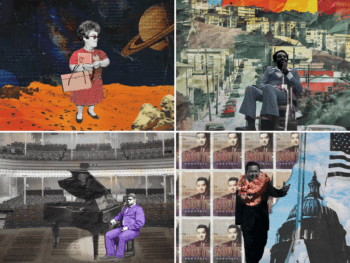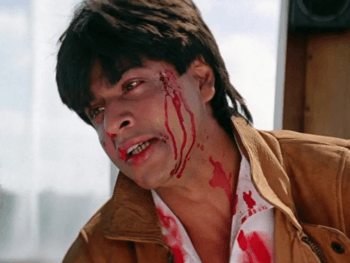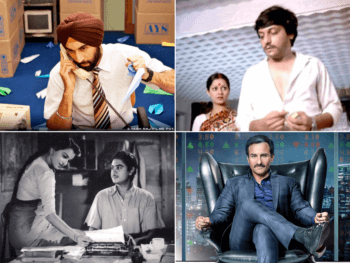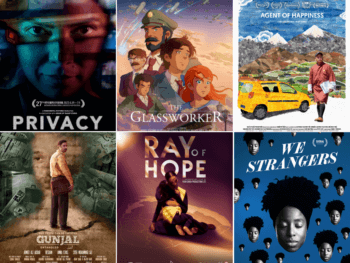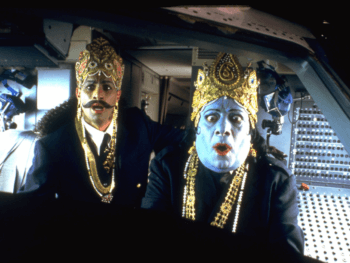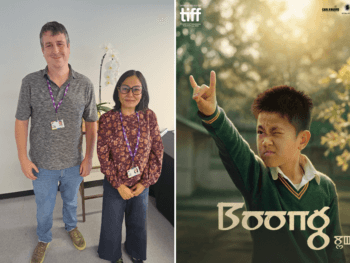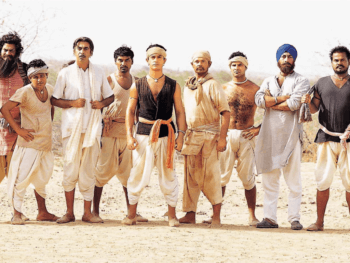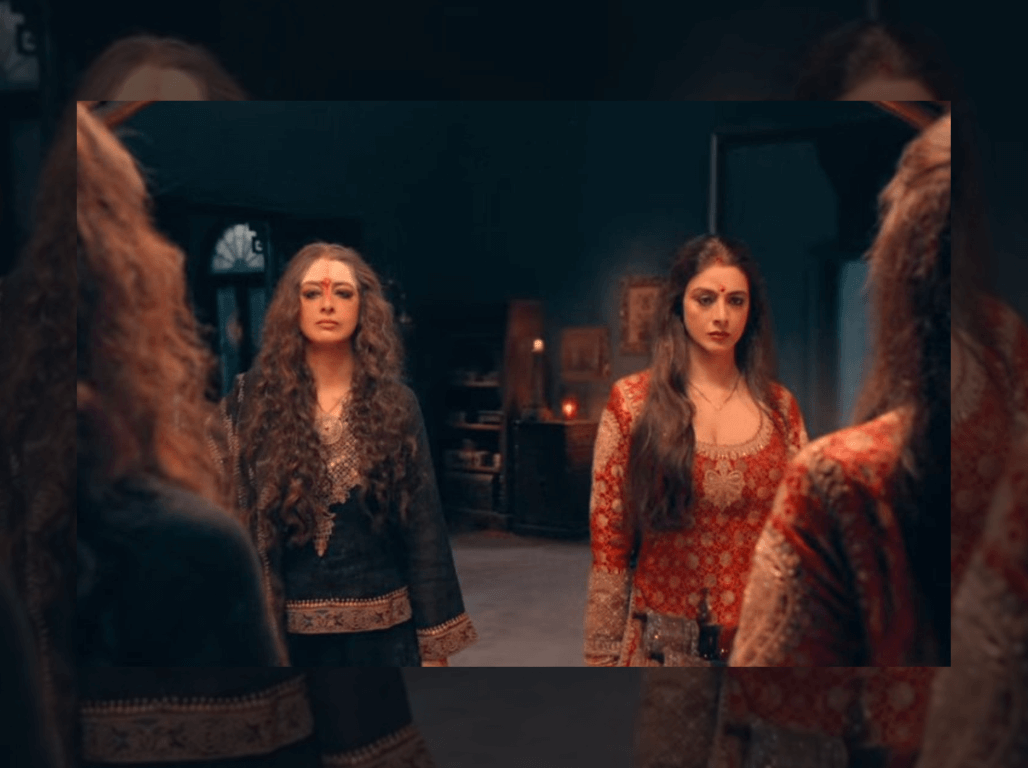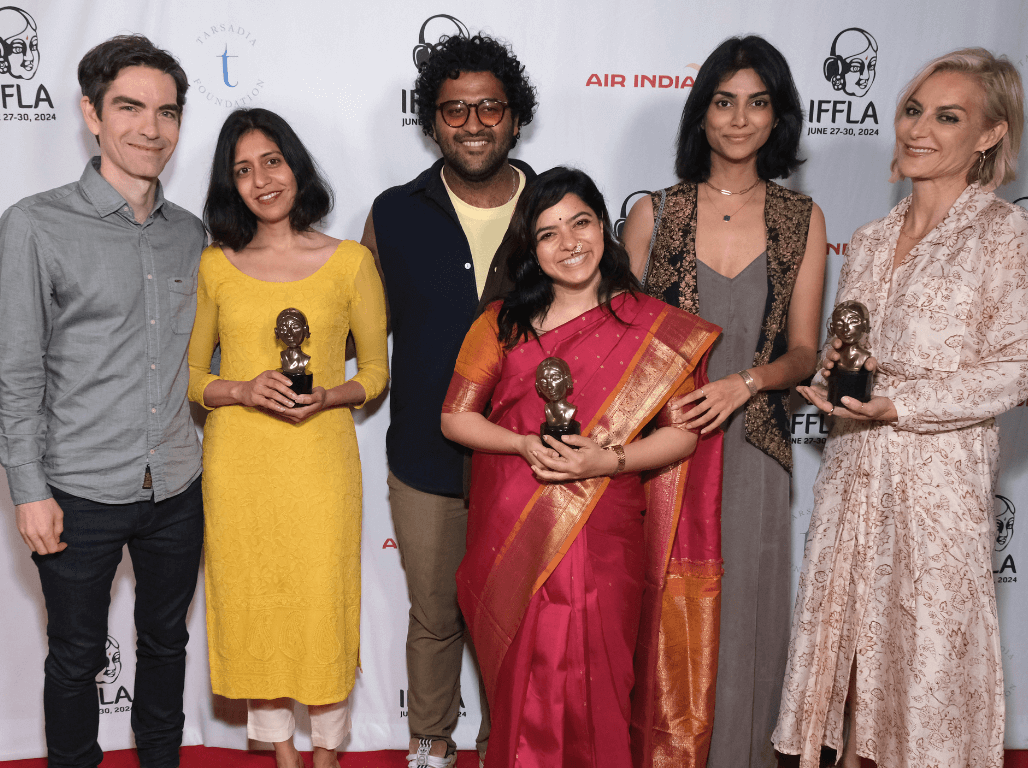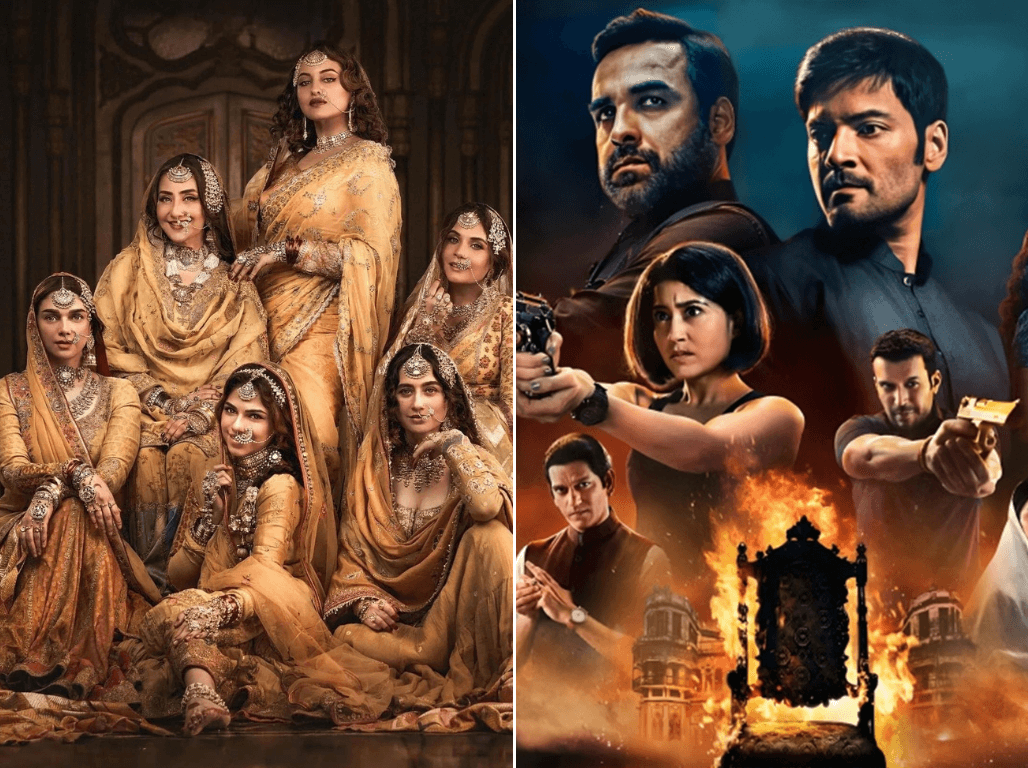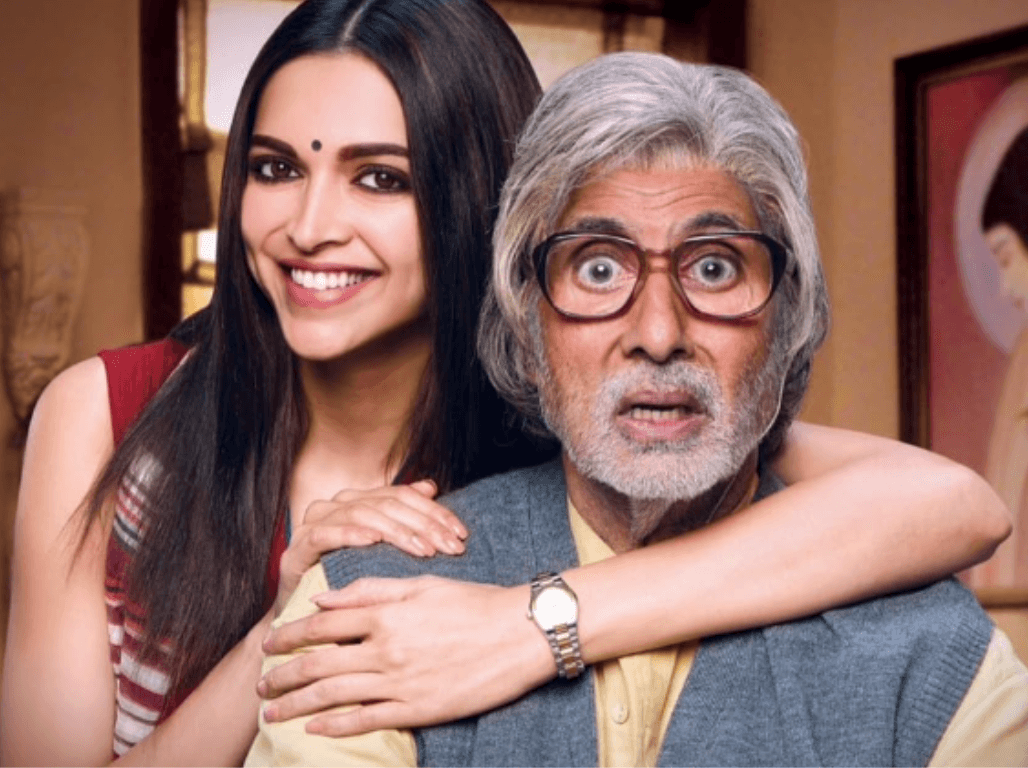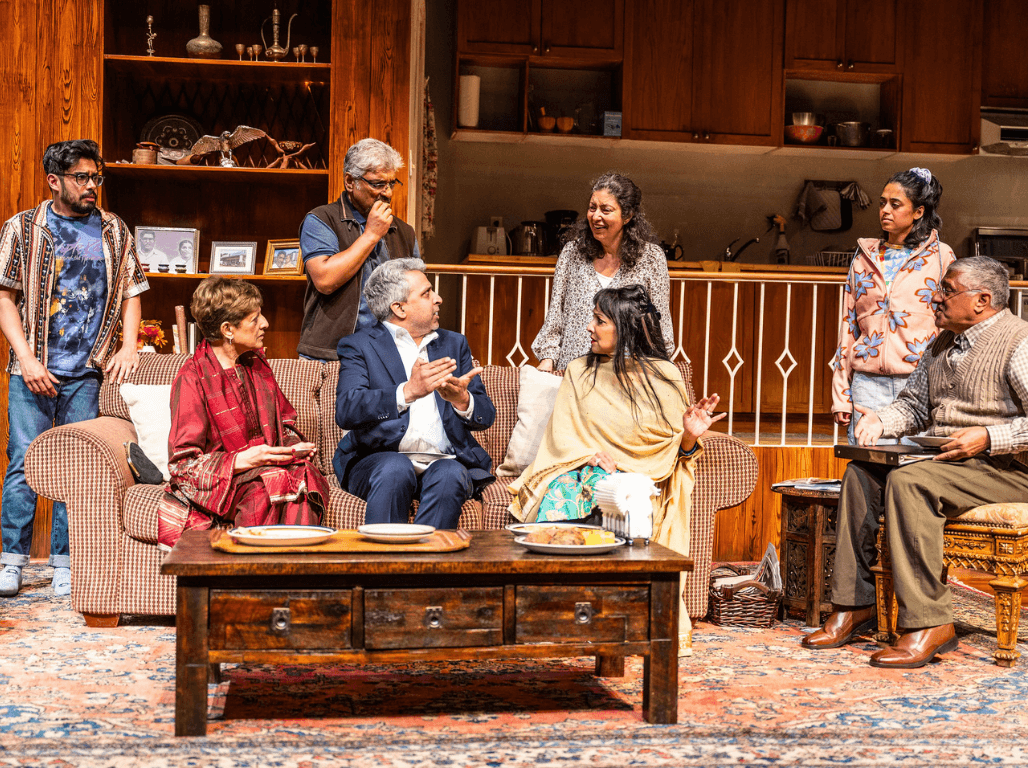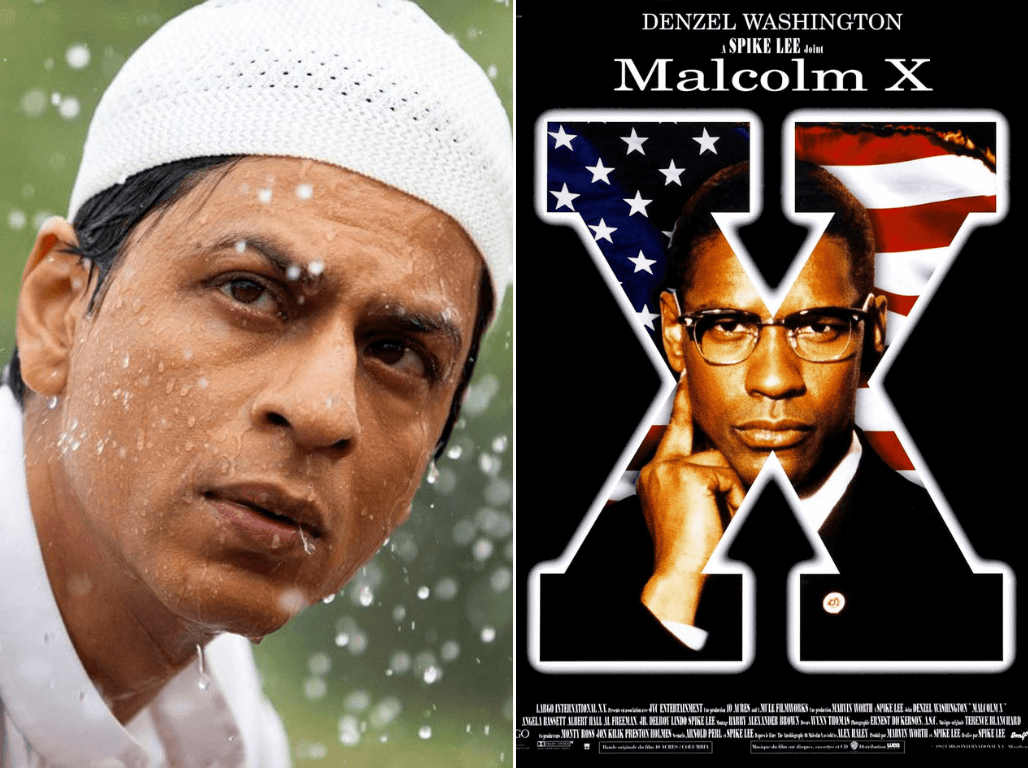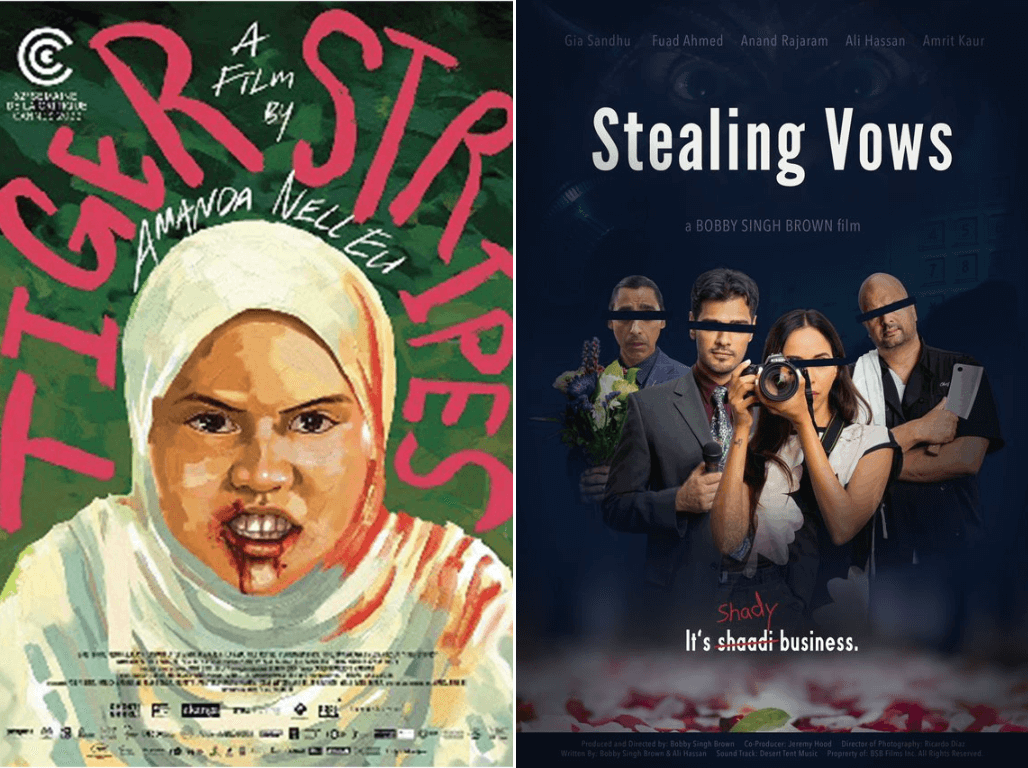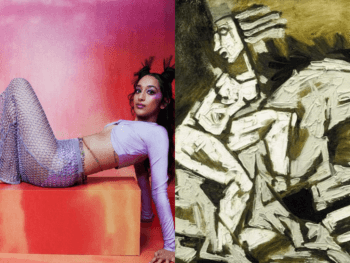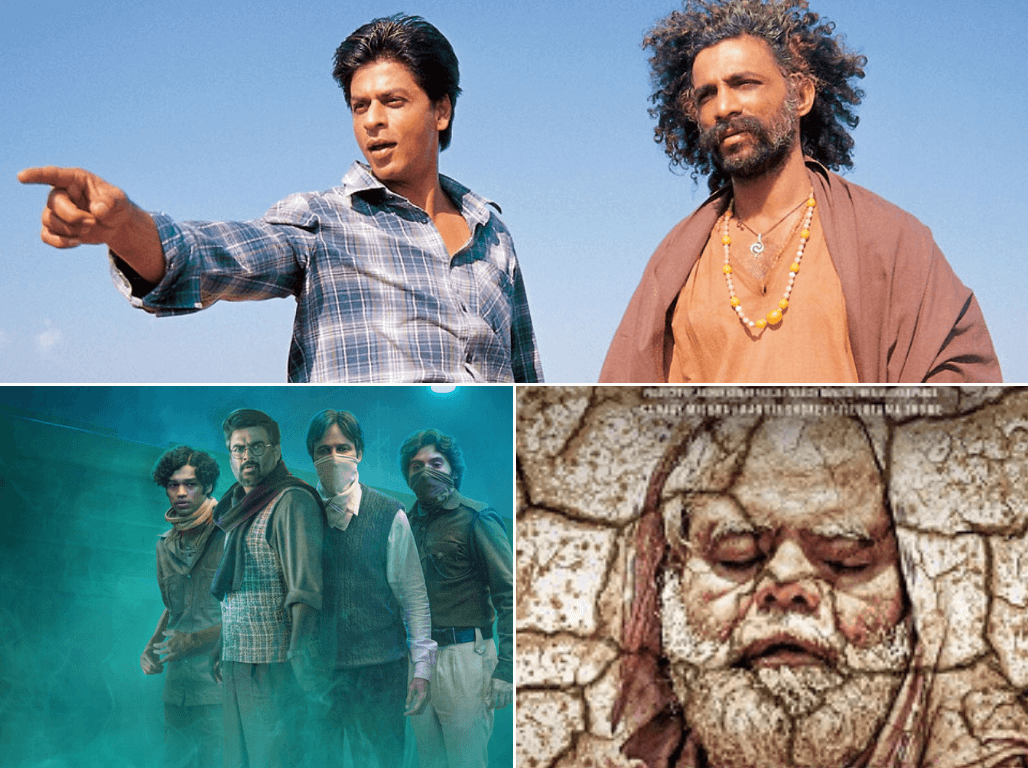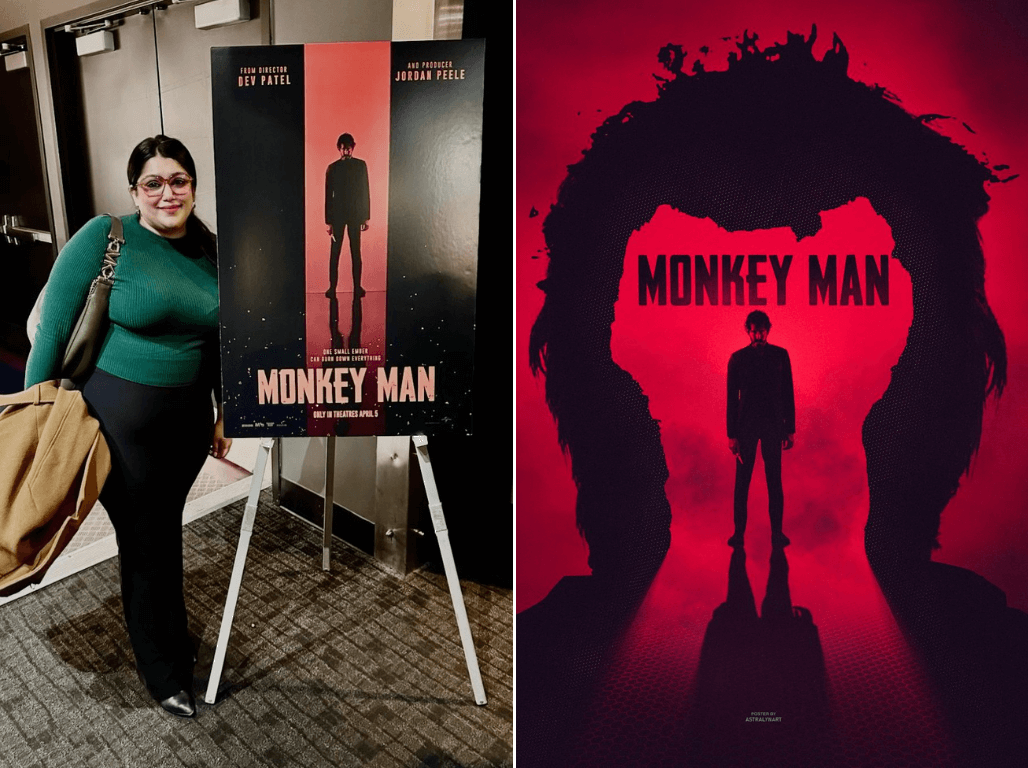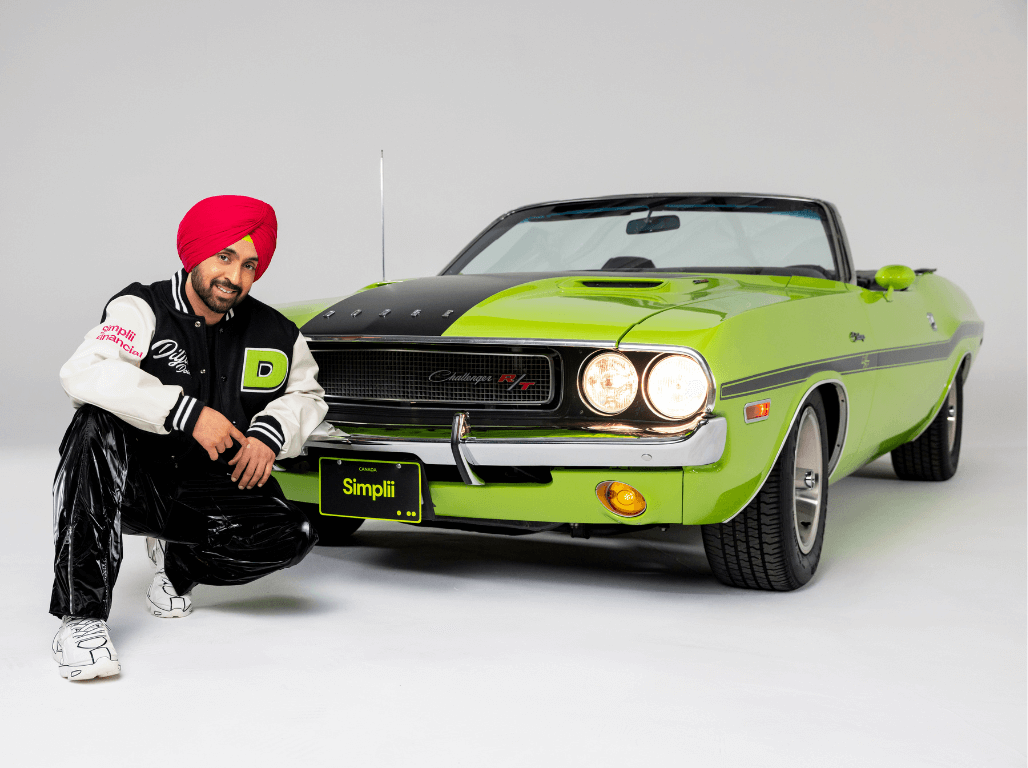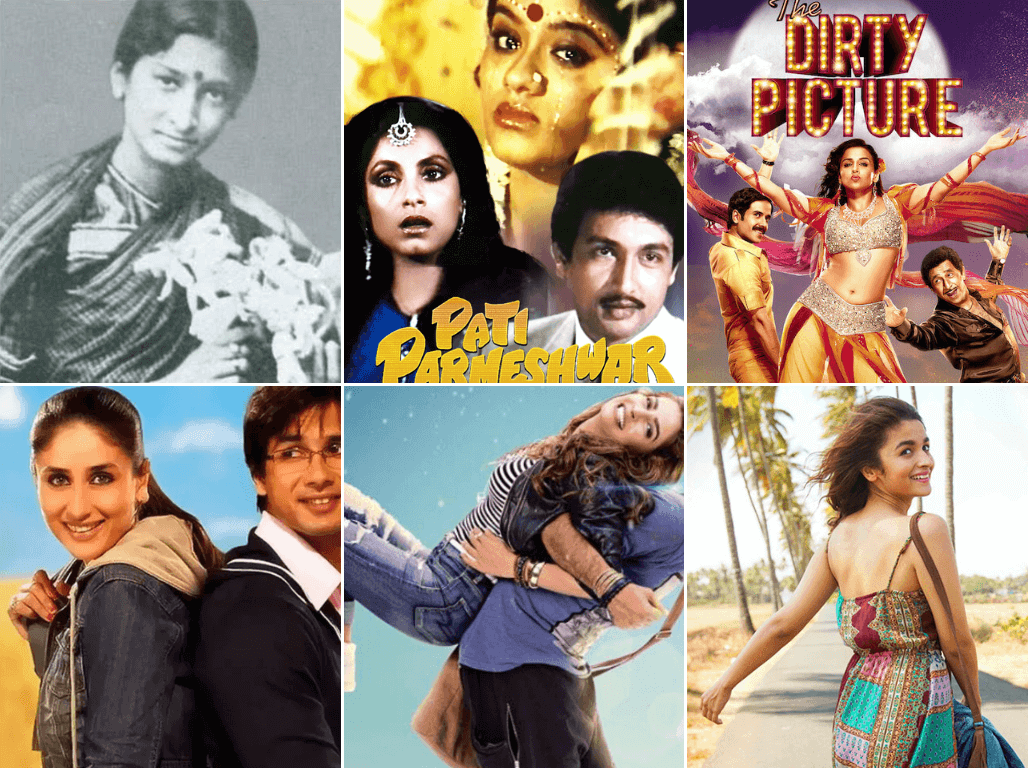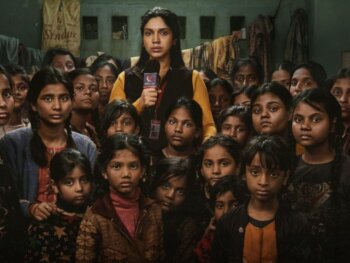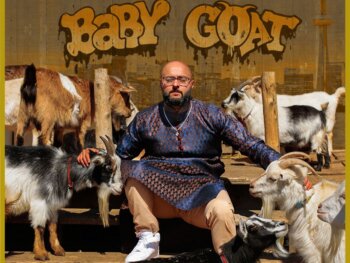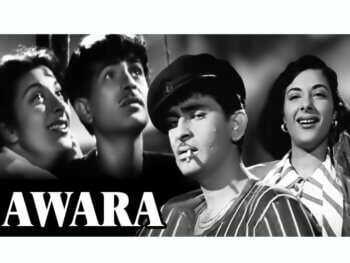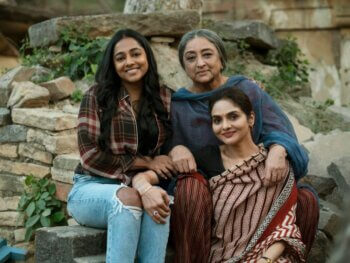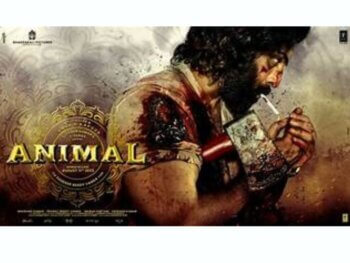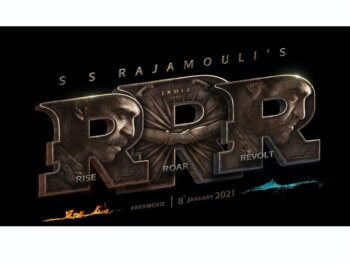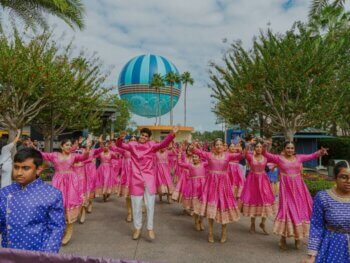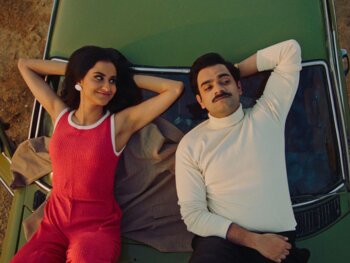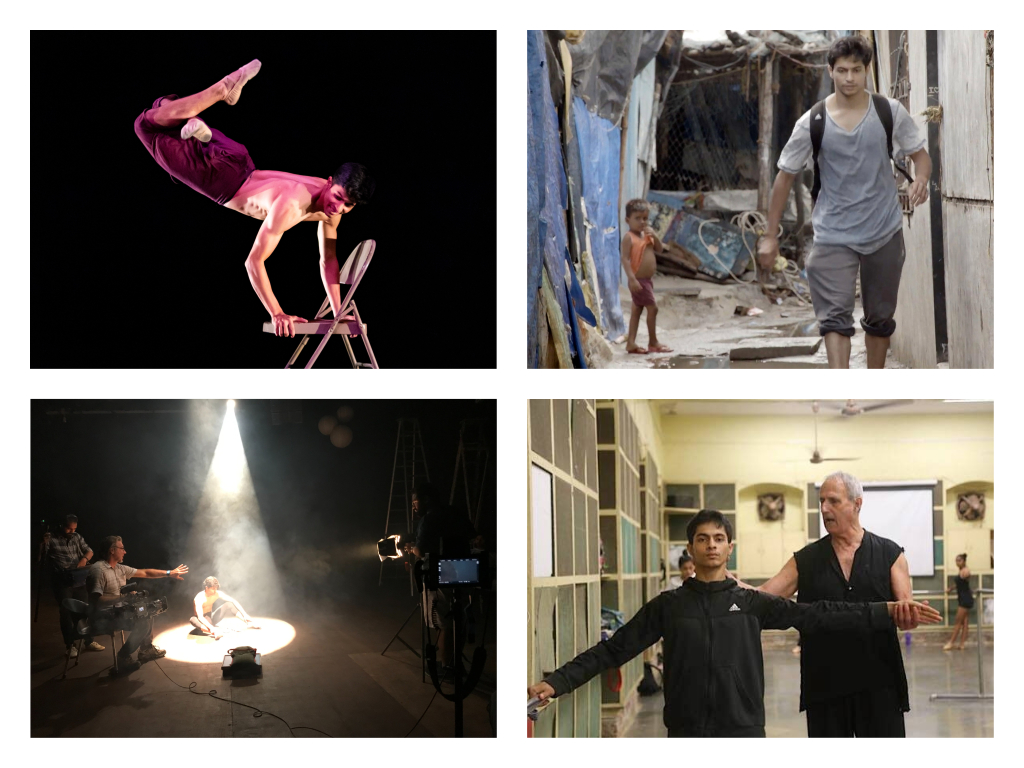
From The Slums To The Stage: “Call Me Dancer” Documentary Shares The Unique Journey Of Ballet Dancer Manish Chauhan
Entertainment Sep 30, 2021
We chat with the team behind this documentary Call Me Dancer which profiles hip-hop-dancer-turned-ballet-star Manish Chauhan whose life journey from the slums to the stage is simply captivating. Directed by Leslie Shampaine and Pip Gilmour, the film is executive produced by Jitin Hingorani and Jay Sean, who also wrote the original song. Check out the full details on why you should keep an eye out for this film.
After 4 years of production, the documentary film which follows the dance journey of Manish Chauhan as he explores the world of ballet had it’s trailer launch earlier this month in Washington D.C. An evening which was held by Meridian International Centre hosted over 80 guests as they took in the trailer as well as hearing Chauhan’s first hand story of a dancer who grew up in the slums of to find himself on the stage as a ballet dancer.
“It’s a wonderful time to be South Asian in North America! And it’s an even better time to promote inspiring films with South Asian heroes and protagonists,” said Jitin Hingorani, the film’s executive producer and Founder/Festival Director of NYC & DFW South Asian Film Festivals. “Growing up the oldest male in an Indian household, pursuing a full-time career in the arts was often met with trepidation and resistance. That’s why I’m elated that Manish has defied the status quo and is the model student of an arts education that will, eventually, provide for his family, just like any other profession. We need to share and re-share the unorthodox stories of heroes like Manish!”
“As a professional dancer turned documentary filmmaker, this four-year-journey has truly been a labor of love!” added Leslie Shampaine who serves as the documentary film’s producer and director. “The labor has been directing and producing my first film, and the love is my passion for the arts. My end goal is an educational campaign to use the film within a school curriculum. The educational content will support the goals of the film, inspiring students, parents and teachers to reiterate the benefits of the Arts, regardless of an individual’s ethnicity or socioeconomic standing. Art remains the great human equalizer; it knows no bounds.”
Globally renowned singer/songwriter Jay Sean added his flavour by composing an original song for the film.
“I am so excited to be part of this film and part of telling this story through music, ” Jay Sean noted. “As an artist who was a first in my family, I understand many of Manish’s struggles. It is not always easy to be the first, but the rewards for doing something you are truly passionate about are high. I hope this story continues to inspire the next generation to know that they don’t have to settle and they can think outside of the box, in the pursuit of their dreams.”
Call Me Dancer is co-production with Zee Entertainment Enterprises Limited and ARTE. The documentary will be entering the global film festival circuit in January 2022.
I chatted with the film’s protagonist Manish Chauhan about his transition from hip-hop to ballet, thoughts on being a subject of a documentary and breaking barriers when it comes to ballet in India.
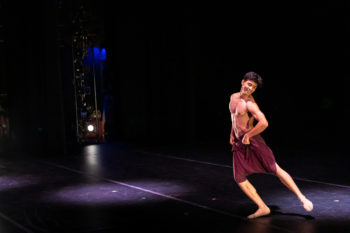
Congratulations Manish! What was your reaction when you were approached about doing a documentary about your dancing journey?
When I was approached, I thought it would be a 5-10-minute-long documentary. Then I got to know that it’s going to be an hour or more long. I felt really grateful that someone is making a documentary on me and about my life. It’s like a privilege. And it took a long time to put everything together because in the beginning, Leslie was here in the US and I was in India. So, I thought maybe they were talking. I was not sure that it’s really going to happen!
How long did the film team follow you around?
It’s almost 4 years now. They filmed me in India, in my village; in Himachal, in Mumbai, in Israel, in New York during COVID. They have followed my journey through all these years.
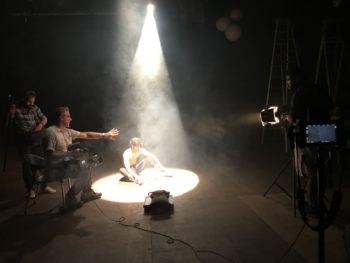
What made you decide to pursue dancing?
In the beginning, I just wanted to learn some tricks and impress people. I wanted to learn acrobatics. Then slowly my hunger developed, I wanted to learn more and more. I started doing more tricks. And then somehow, dancing became very important to me. I enjoyed it and it gave me a lot of happiness. In school and college, I was never good at studies or sports. No one noticed me. When I took up dancing, people started paying attention towards me and I enjoyed that. So that’s how I started.
What is it about ballet that made you choose this specialty?
I did not choose ballet in the beginning. When I joined Danceworx, I was told that if I do ballet, I will get a scholarship. I started doing ballet and there I met my mentor, Yehuda Maor. I started enjoying it because I like to do athletic things. In ballet, there are athletic moves like a jump, turning in the air, turning on the feet four or five times. So that got me very interested. Slowly, it became a habit. I started taking classes every day and it was part of my daily routine.
A day without ballet felt like there was something missing. It also helped me disconnect with the outer world when I was in class, because I had to put my whole focus there and concentrate on one thing. I did not think about going back home or the difficulties I have with my family. An hour in the class felt like meditation, just concentrating on my breath and not thinking about anything else. Just concentrating on my dance and the movement. That’s how I started doing Ballet and it felt beautiful.
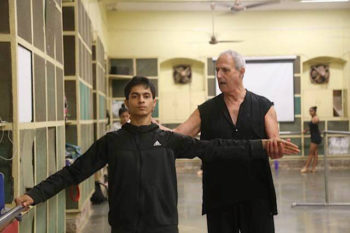
How long have you been ballet dancing? How long have you been dancing hip-hop?
Before ballet, I did two years of hip-hop, break dancing. I learnt hip hop by myself from videos. I was 18 then. I started doing ballet when I was 21. It’s been seven years since then.
What cultural resistance did you face when you expressed your desire to follow this ballet dream?
There is not much awareness about ballet in India. My friends used to think I am doing belly dancing. I told them about how in ballet you have to do a lot of lifts, jumps and turns. It’s very manly. It’s a very strong dance form. Also, in India, ballet is not considered as a career option. It is not seen as a respectable job. Especially for us. It is seen as a rich man’s hobby. Having a secure career is the norm. I disconnected with all my friends because I had to spend a lot of time in the studio. I was dancing all day, going back home, sleeping, eating, and coming back and again dancing. So that was my life. I did not care about what people are going to think about me if I’m doing ballet. I did not care because I was doing what I love to do. That’s it.
What differences do you find between hip-hop dancing and ballet dancing? Were there any elements you were able to translate to ballet from your hip-hop training?
The first thing is that hip-hop dancing is very loose. You have to hunch forward and be in a rhythm. Ballet on the other hand is very much upright. The posture needs to be up. In hip hop you have to bend your knee and slouch forward in baggy clothes. Ballet is exactly the opposite. These are too extreme dance forms.
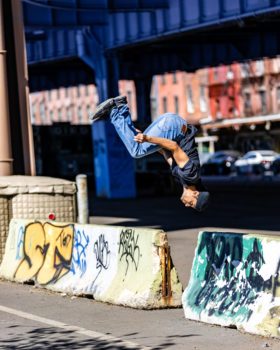
The main thing is, because I came from hip hop, I was not afraid of falling or jumping. It helped me. I was not afraid to try anything. Having danced on streets, dancing in the studio felt like a cushion. I was fearless. My teacher still says, “I never see Manish say no”. He asked me, “Can you do this?” I said yes. He thought how it’s possible, but I never said no. My experience as a hip-hop dancer helped me transition to ballet. In Ballet you need a trainer. You cannot learn ballet by yourself. Hip hop, no one can teach you. It’s supposed to be you and your flavor is in it. It’s hard work and dedication.
One thing common is discipline. Even if you get hurt, you need to try to find different ways to overcome your steps and difficulties. The discipline in every dance form is the same. It helped me in ballet because I was already disciplined and a hard worker. I always have that mindset that “I can do it”. I feel that way about many things, if someone can do it, I can also do it.
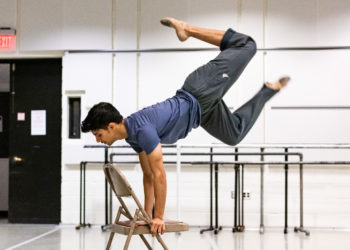
What do you hope the audience will take away from the film?
The film is not about any superhero. It is about a normal guy pursuing his passion. It is not a story that only dancers or art enthusiasts can relate to; anyone who wants to follow their passion and overcome difficulties can relate to this film. It is a feel-good documentary that everyone can take inspiration from. There are so many ups and downs, and overcoming them is life. All parents want their children to fulfill their unfinished dreams and children have their own passions they want to pursue. It is everyone’s story.
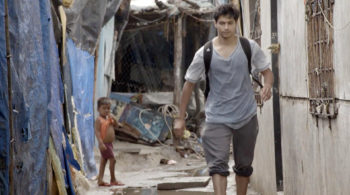
My main goal is to bring dance companies from the US to India so that the youth in India are encouraged to take up ballet dancing as a career. I really want to give them hope and show them that it is possible. There are many schools opening in India and people are showing interest in ballet. But it is only available to rich kids. Ballet is very expensive. After the Yeh Ballet movie, there has been some awareness about ballet in India. A lot of people started pursuing ballet. I get messages from a lot of people that after watching the movie, they started dancing again, who earlier thought they were too old. Sometimes people just need to see it. Some people get hope and they can start again.
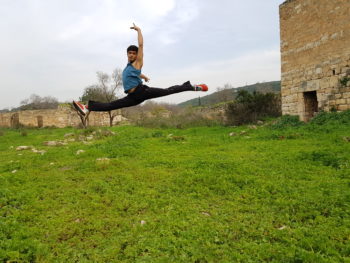
Visit www.callmedancer.com to more information
Main Image Photo Credit: David R. Moss (on stage), Shampaine/Call Me Dancer
Hina P. Ansari
Author
Hina P. Ansari is a graduate from The University of Western Ontario (London, Ontario). Since then she has carved a successful career in Canada's national fashion-publishing world as the Entertainment/Photo Editor at FLARE Magazine, Canada's national fashion magazine. She was the first South Asian in...






























































